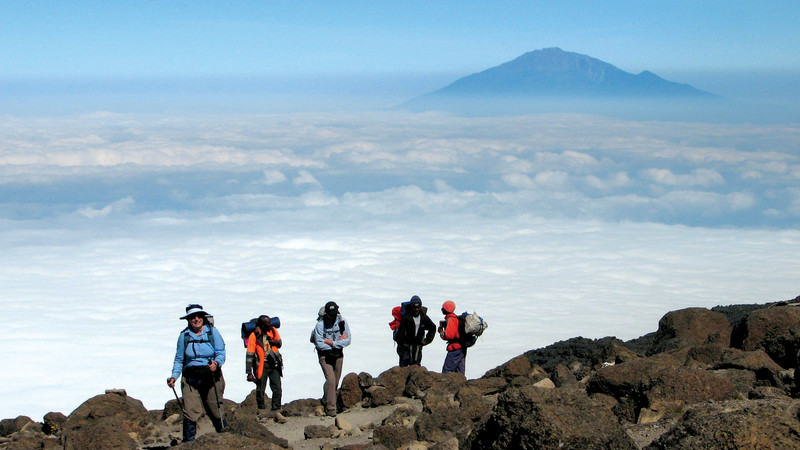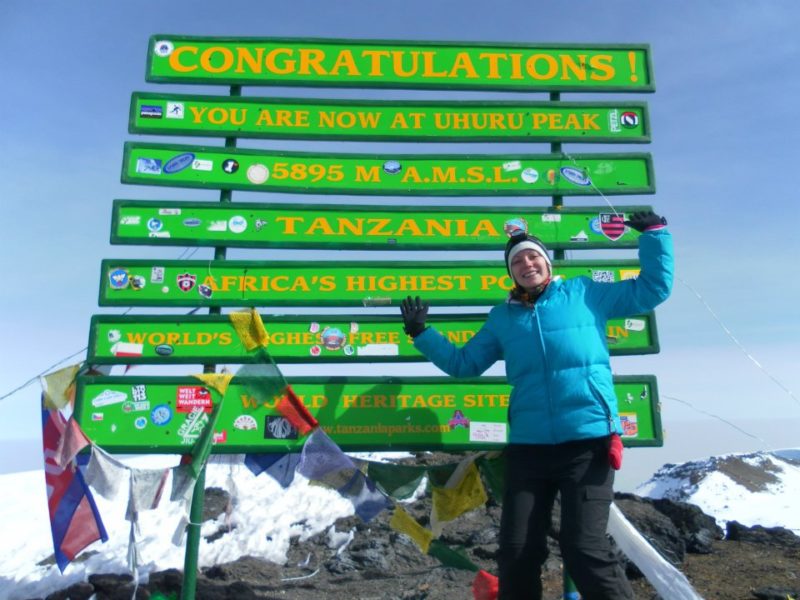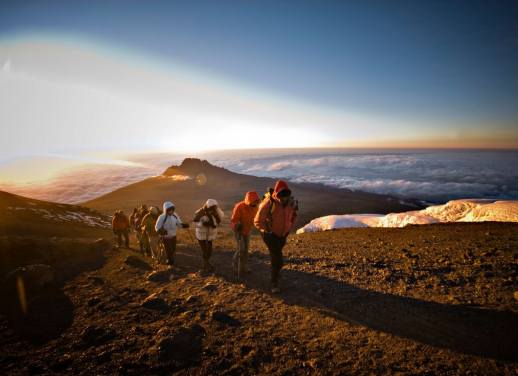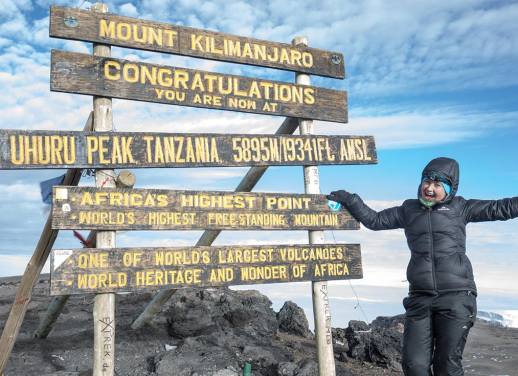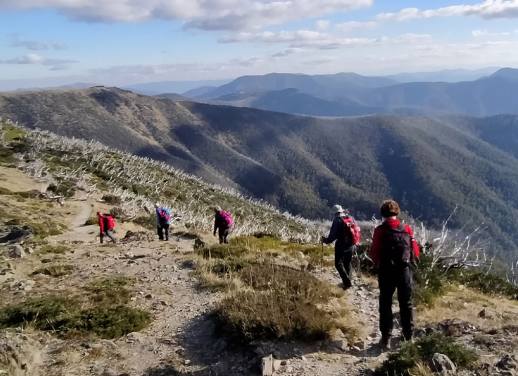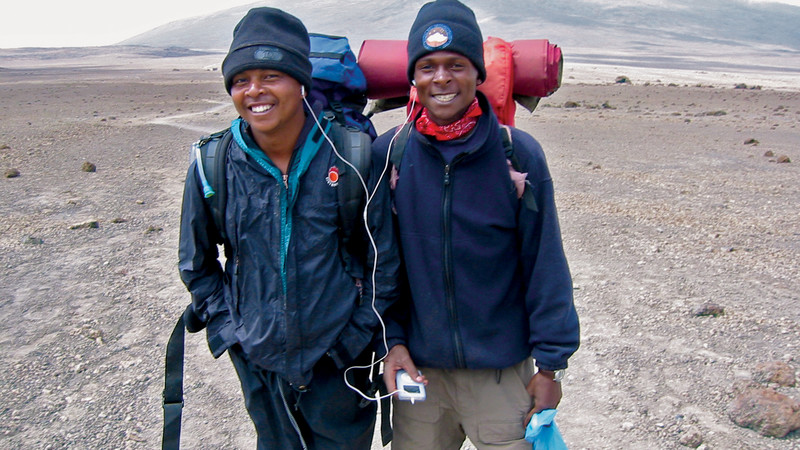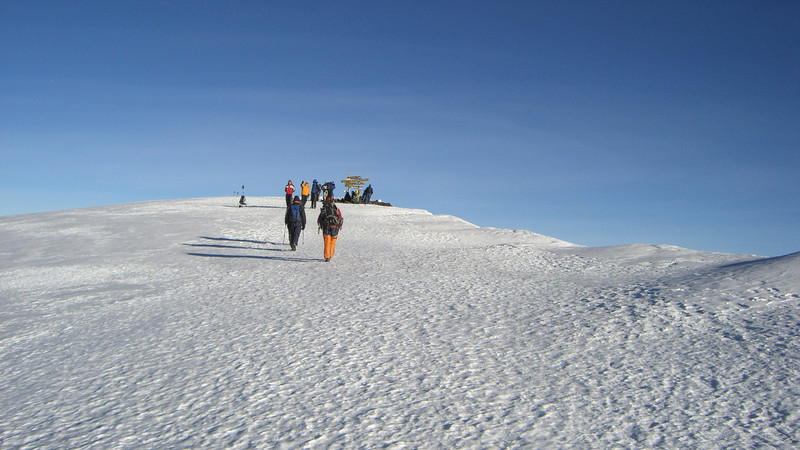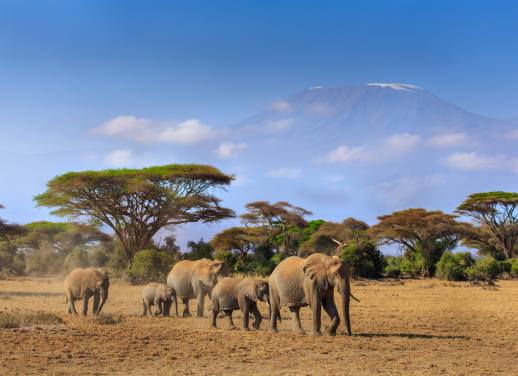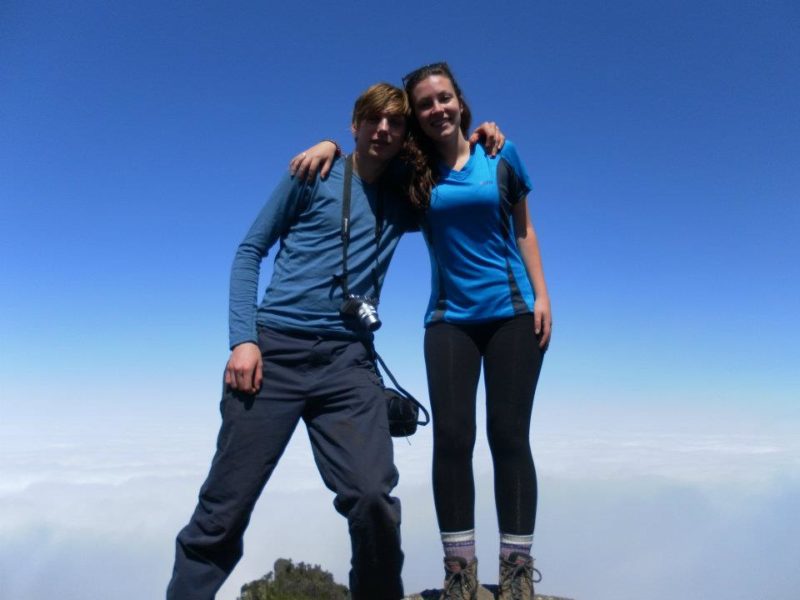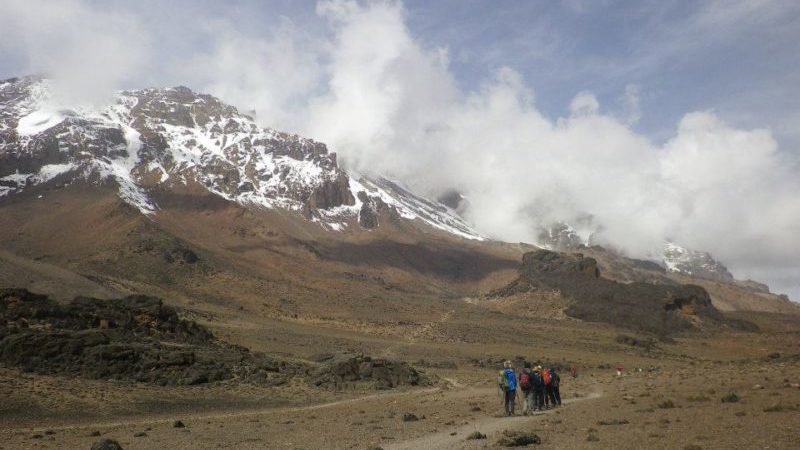My hike to Kilimanjaro started a year before I even set foot on Tanzanian soil.
I was on a domestic flight in neighboring Kenya and the pilot announced that if we looked out the window to our right, we could see the summit of Mount Kilimanjaro – the tallest peak in Africa. I decided there and then that I would climb this iconic mountain – and I did.
Kilimanjaro is a popular peak, high on the list of ultimate treks (along with Mt Everest and Machu Picchu in Peru), taken on by many who covet the title of climbing the tallest mountain in Africa. We humans love superlatives – the biggest, the tallest, the oldest. But do not be fooled into thinking that just because many have gone before you, it will be a walk in the park. Oh no – this is the most challenging thing I have ever done. But I couldn’t recommend it more.
I am a firm believer that anyone can accomplish this truly life-changing feat – I am still nudging my mum to get up there.
Here are my top tips to help you get up there too.
Go slow
Before I went on this trip, I read every blog going on altitude sickness – what were the symptoms, what could I do to prevent it – so to save you from all that reading, here ya go: top tip – go slow. I would wait until everyone had gone on ahead and join the line right at the back, so I knew that I couldn’t go any slower.
The reason to go slow is that your body is working harder at altitude. The air is thinner and there is less oxygen to breathe. The porters will tell you “pole, pole” which means “slowly, slowly”. Think of The Hare and the Tortoise. Be the tortoise. Walk slower than you normally would, and your body will thank you.
Hikes like these are not a race. This is actually one of my favorite things about hiking – it’s not a competitive sport. It’s the opposite in fact, everyone wants everyone to succeed. So don’t be ashamed to be at the back like I was. I didn’t get altitude sickness, and I also made good friends with the porter whose job it was to bring up the rear. His grandfather was one of the first porters to work on the mountain. I wouldn’t know that if I was pacing at the front.
WANT MORE TIPS? TREK KILIMANJARO WITH INTREPID’S LOCAL EXPERTS
Drink plenty
Hydration will also ward off possible altitude sickness. Ensure you have a CamelPak or Platypus instead of a bottle so that water is constantly accessible as you walk. When your hands are cold you don’t want to be taking off your gloves to unscrew a bottle top. Plus, you should be drinking three liters a day, and it’s a hassle to have to stop to take a bottle out of your bag every time you take a sip.
And more than just water – take hydration salts. I put one sachet straight into my CamelPak every day just to make sure I was uber-hydrated. Diarrhea is common at altitude, and in general if your body is adjusting to being overseas, so salts like Dioralyte are your best friend.
Get the right gear
I met someone recently who climbed Kilimanjaro and hated the experience – I was heartbroken – but not surprised when she explained why. The reason she doesn’t swoon nostalgically over how life-changing and magical summit night was, is because she was completely unprepared. She didn’t have enough or even the right type of clothing for the hike. And to top it off, she accidentally left her walking boots at a petrol station on the way to the starting point, and had to climb in trainers. I can’t imagine how awful it must have been.
Even if you go to the mountain with all the physical training and mental preparation possible, without walking boots or warm clothes, you will hate every second. I wore thermal layers, two pairs of gloves, a hat, scarf, a down jacket and had a heavy-duty sleeping bag, and I still shivered at night.
So get quality thermal gear, enough layers (of appropriate materials like fleece – not cotton which gets heavy with sweat), a down jacket is a must, a four season sleeping bag and hand warmers. Stuff your clothes to the bottom of your sleeping bag each night so they’re warm(ish) in the mornings.
Also remember a sun hat and sun cream. I got sunburnt on day one and trust me, when cold winds blow against burnt skin, it’s not fun. Plus a head torch with enough batteries – for your tent, for toilet trips and for summit night.
MACHAME OR MARANGU? WE ASK AN INTREPID LEADER WHICH KILIMANJARO ROUTE IS BEST
Sing and laugh
These are scientifically proven ways to release endorphins and have a good time, which is so important when you’re doing something this intense.
At the beginning of day four, where some of our group were really suffering from the altitude, morale was low. It was bitterly cold when we woke because we were shaded from the sun. Trips to the toilet were, to put it lightly, brisk. But as we started walking we started singing – it was either Lose Yourself by Eminem, or Hakuna Matata from the Lion King, both appropriate for our situation – and morale soared instantly.
Whenever you have enough lung capacity, sing.
Find allies
One thing is for sure – you cannot climb this mountain alone. If there was ever a time that you will need other people, climbing Kilimanjaro is it. You need them to look out for you. And by look out for you I mean literally keep guard as you pee behind a rock when there are no toilets around (which is anytime you’re not in a camp).
You also need allies to keep you motivated. At the end of Day 4, the night before the summit, I was at a low point. The Machame Route is popular because the route aids acclimatization by climbing high and sleeping low, giving your body a chance to adapt. So though we’d gained 4000 meters since we left the town of Moshi, which is a mean feat in itself, we’d actually climbed more than that in order to come back down to sleep.
As we sat in the mess tent having dinner, I couldn’t help but cry. I wasn’t sad, I was utterly exhausted. I couldn’t stop the tears from falling. And instead of making it awkward, my fellow climbers just laughed at me and got out their cameras – this is the sort of attitude you need to keep going on the mountain!
LISTEN TO THE SWAHILI SONG THAT WILL GET YOUR TIRED LEGS UP MOUNT KILIMANJARO
Prepare physically
I don’t say this for every hike, but for Kilimanjaro it is necessary.
Altitude sickness strikes indiscriminately – it doesn’t matter whether you’re an Olympian or reigning pie-eating champion, you could get hit. But regardless, being fit for this hike is important. Make sure you do training hikes up hills back home before heading over to Africa.
 Prepare mentally
Prepare mentally
Summit night is the hardest thing you’ll ever do. It’s why it’s also the most amazing thing you’ll ever do. But you have to prepare. It becomes way more about your mindset than your physical strength at that point. I was literally falling asleep as I walked, a porter supporting me in case I fell. Porters will help you as much as they possibly can – and they truly are angels – but at the end of the day it is down to you.
Knowing this, I made myself a summit playlist on my iPod Classic (may she rest in peace) full of motivating tunes. I tucked it beneath about eight layers of clothing to ensure the battery didn’t freeze (a legit concern) and pressed play. Rocketman by Elton John started me off. All good. But when the song ended, it started again. I had left the “repeat” setting turned on and I was going to either listen to Elton on repeat for the nine-hour ascent, or listen to nothing. So I pulled out the earphones and instead listened to myself say “step by step, take it step by step”.
It sounds cliché but when you do this ascent, crawling up loose scree in the dead of night, you uncover strength that you didn’t know you had. Just take it step by step.
And make sure you stop to take in that sunrise – it’s phenomenal.
How Long Does it Take to Climb Mount Kilimanjaro?
It takes five to nine days in order to reach the Mount Kilimanjaro Summit and then descend to the finishing point. The more days spent on Mount Kilimanjaro the more likely you will successfully summit, as you will become more acclimatised to the altitude and will be less fatigued.
—
Tempted to take on the adventure of a lifetime? Trek Kilimanjaro with Intrepid Travel.
Looking for a beach break post Kilimanjaro? Zanzibar is paradise.
—
Image credits from top to bottom: Ian Jones, Jen Welch, Michelle Tennant, Intrepid Travel, Ian Jones, Jen Welch, Jen Welch

